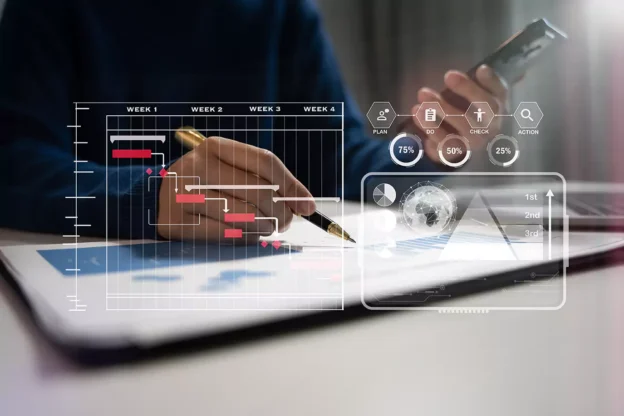Building maintenance stands as a pivotal component in property management. Overlooking this aspect can result in gradual deterioration, impacting service delivery to property owners and stakeholders. Thus, implementing an efficient improvement program aligned with sustainability principles is imperative to maximize property longevity and cost-efficiency while adhering to global sustainability standards.
Collaboration among property owners, investors, tenants, and stakeholders is key to the success of such programs. The improvement program should encompass a comprehensive range of hard and soft facility management services. These include environment management, building maintenance, energy conservation, indoor air quality, water and waste management, equipment end-of-life strategies, productivity of services, occupant satisfaction, employee wellness, corporate governance, sustainable procurement, and cost controls.
Communication workshops should be organized to disseminate essential sustainability-related information among all stakeholders within the steering team. Additionally, employing a structured approach such as the DMAIC framework (Define, Measure, Analyze, Improve, Control) is essential for program implementation, monitoring, and control.
- DEFINE: Establish a maintenance policy and strategy.
- MEASURE: Conduct on-site measurements, adhering to international protocols.
- ANALYZE: Assess key performance indicators to establish baselines, risks, costs, dependencies, and timeframes.
- IMPROVE: Prioritize financial viability, sustainability, alignment with client objectives, and engagement of stakeholders.
Hence, it is imperative to take proactive steps to ensure the effectiveness of building maintenance and improvement programs for sustained property performance.

